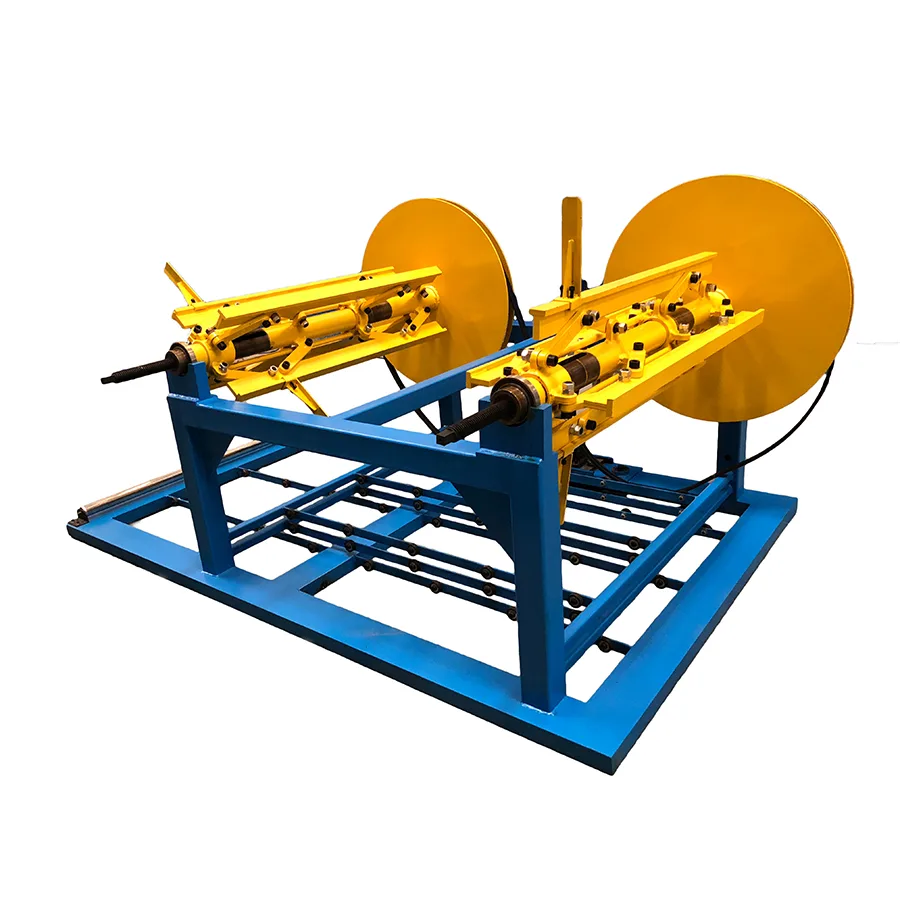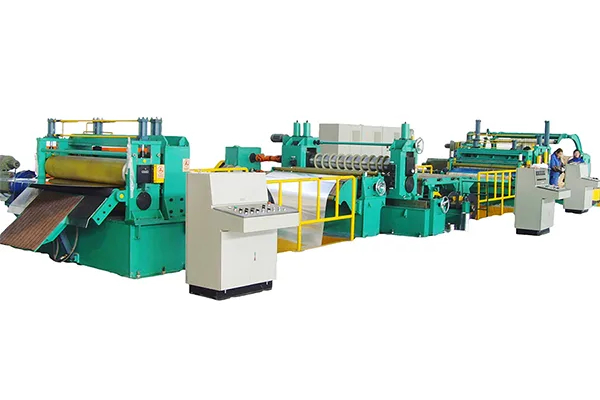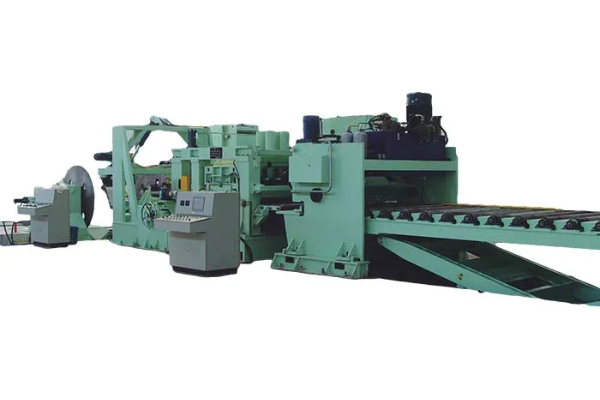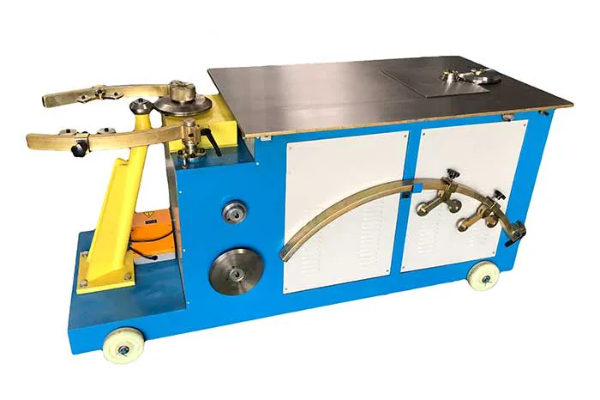
Quality Control- Ensuring Accuracy and Consistency in Metal Punching
- By:Metmac
- 2024-04-29
- 207
Introduction
In the realm of manufacturing, precision and consistency are paramount. Nowhere is this more evident than in metal punching, a process that transforms flat sheets of metal into intricate components with unmatched precision. Quality control emerges as the linchpin of this process, ensuring accuracy and consistency at every stage.
Importance of Quality Control
Metal punching plays a pivotal role in various industries, from automotive and aerospace to electronics and construction. The accuracy and consistency of punched parts directly impact product performance, safety, and reliability. Ensuring quality in this process minimizes defects, reduces production costs, and enhances customer satisfaction.
Key Elements of Quality Control
Rigorous quality control encompasses a series of measures implemented throughout the metal punching process:
Material Inspection: Verifying the quality and specifications of the raw material before punching.
Tool Setup: Precisely calibrating and inspecting punching tools to ensure they meet design specifications.
Process Monitoring: Continuously monitoring punch speed, force, and other critical parameters to ensure consistency.
Dimensional Measurements: Inspecting punched parts to ensure they meet the desired dimensions and tolerances.
Defect Detection: Identifying and eliminating defects such as burrs, scratches, and deformation.
Advanced Techniques
Technological advancements have introduced innovative techniques to enhance quality control in metal punching:
Optical Sorting: Employing optical sensors to automatically identify and reject defective parts.
Image Analysis: Analyzing punched parts using computer vision to detect minute deviations.
Laser Measurement Systems: Accurately measuring complex shapes and geometries.
Benefits of Effective Quality Control
Implementing effective quality control measures brings numerous benefits:
Improved Product Quality: Consistent and accurate punched parts enhance overall product reliability.
Reduced Waste: Minimizing defects reduces waste and material consumption.
Increased Efficiency: Automated quality control systems increase production efficiency by eliminating manual inspections.
Enhanced Customer Satisfaction: Delivering high-quality products meets customer expectations and builds brand reputation.
Conclusion
Quality control is the cornerstone of precision and consistency in metal punching. By implementing rigorous measures throughout the process, manufacturers can ensure the accuracy, reliability, and cost-effectiveness of punched components. Utilizing advanced technologies and embracing best practices, they can unlock the full potential of metal punching and meet the demanding requirements of modern manufacturing.
-
Sheet Metal Rolling Machine for Sale: Finding Precision and Durability with METMAC
2025/12/09 -
Press Brake Bending Machine: Engineering Precision with METMAC
2025/12/09 -
CNC Sheet Bending Machine: Precision Redefined with METMAC
2025/12/09 -
Sheet Metal Roll Forming Machines: The Precision of METMAC Engineering
2025/12/09
-
Advanced Sheet Metal Rolling, Laser Cutting, and Folding Machines for Precision Fabrication
2025/10/31 -
High-Performance Sheet Metal Bending and Cutting Machines for Modern Fabrication
2025/10/31 -
High-Quality Sheet Metal Equipment for Sale: Efficient Solutions for Modern Manufacturing
2025/10/31 -
High-Performance Sheet Metal Equipment for Sale: Forming and Shearing Solutions for Modern Fabrication
2025/10/22
-
A Guide to the Latest Innovations in Sheet Metal Folding Machines
2024/11/29 -
Key Features to Consider When Investing in a Sheet Metal Folding Machine
2024/11/28 -
Enhancing Precision with Advanced Sheet Metal Folding Machines
2024/11/27 -
How to Choose the Right Sheet Metal Folding Machine for Your Workshop
2024/11/26







